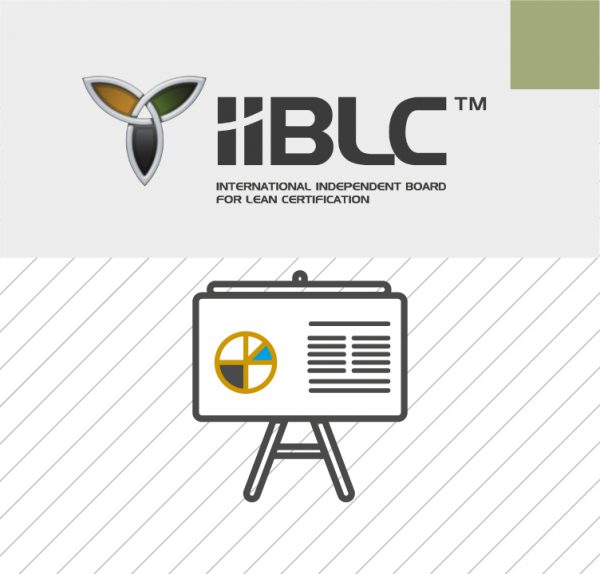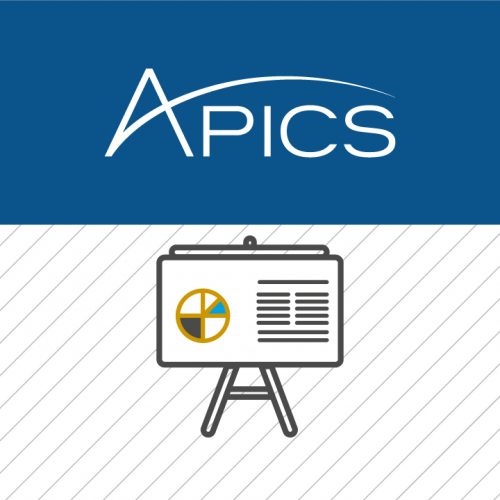- Have any questions?
- +39 051 19907026
- shop@advanceschool.org
Shop

Certified Black Belt in Lean – CBBL® 2nd Level – International Certification IIBLC® – Interactive Learning
January 24, 2017
Book of Knowledge IIBLC® – BOK
February 20, 2017Certified Green Belt in Lean – CGBL® 1st Level – International Certification IIBLC® – Interactive Learning
1.830,00 €
The Live Webinar Training is designed to prepare candidates for the Certified Green Belt in Lean (CGBL®) international certification awarded by IIBLC®, the International Independent Board for Lean Certification.
Advance has designed the training to meet the needs of candidates who for personal or professional reasons cannot attend the classroom lessons. Participants can combine private study with 1,5-hour sessions, led by a certified instructor. The Live Webinar sessions are held once per week.
The course allows direct interaction between the instructor and the participants.
The course is structured on 10 sessions and ends with a discussion of the results of a mock exam.
At the end of the course, participants will take the final exam for the IIBLC® Certified Green Belt in Lean (CGBL®) international certification.
Course objectives:
- To transfer the Lean vision of how to create value for the customer.
- To provide knowledge specific to the Lean area, to the methods and tools to be used to identify the value stream and to identify sources of waste.
- To provide a structured approach to be followed in order to successfully implement Lean and to describe the cultural and organizational changes necessary.
- To prepare candidates to pass the IIBLC® Lean Green Belt (CGBL®) exam.
The course includes:
- Teaching
- IIBLC® BOK (Book of Knowledge)
- Access to Advance Learning Management System (LMS)
- Two text books, in English:
1. Lean Lexicon: A Graphical Glossary for Lean Thinkers
2. The Lean Toolbox
- Advance Study Guide and Slide Booklet, in English
- Registration for the Green Belt exam
The course is led by IIBLC® certified trainers with many years of teaching and professional experience in the Lean area.
LANGUAGE: English
DETAILED PROGRAMME
1. Introduction to Lean
What is Lean
History
Business strategy
Ford, GM and Toyota system
The House of Toyota
The 5 Lean principles: Value, Value Stream, Create Flow, Pull, Perfection
2. Lean Principles
2.1 Defining value and waste
Value added activities: definition and recognition
Viewpoint of the customer
Muda/Mura/Muri
Seven Muda (7+1): definition and recognition
Lead Time: components of lead time
Effects of shorter lead times
2.2. Identifying the value stream
Basic principles of value stream mapping (VSM)
Defining product families
Current state value stream map
Basic zymology
Process box – Boundaries
Data box
Inventory triangle (production, office, service)
Material flow
Production planning
Transportation
Kanban loops and supermarkets
Inventory, waiting and delay
Information flow
Lead time ladder: components, meaning
Cycle time
Process time
Single stream VSM: How to start drawing, paper & pencil drawing, software-based VSM
Future state value stream map
Loops and zymology
2.3 Creating Flow
Takt Time: definition and calculation
Continuous flow vs. job shop
One-Piece-Flow
FIFO lanes
5S technique
SMED technique
• Definition of a setup
• Why (EPEI, Flexibility, Capacity, Cost reduction)
• Internal vs. external setup
• Converting internal to external setup
• Setup instructions
2.4 Pull from customer demand
Pacemaker
Interval: definition and calculation
EPEI
Kanban definition
Kanban types
• Supermarket
• Withdrawal Kanban
• Production Kanban
• Specific Kanban
• Generic Kanban
• Two (three)-bin system
Kanban and ERP system
Heijunka
2.5 Striving for Perfection
Kaizen
Kaizen-event
Standardised work: definition, importance, work instructions, continuous improvement
Poka-yoke
Visual management
• Power of visual control
• Andon
• Marking, spaces, pictograms
• Daily reporting board
• Weekly reporting board
• Management reporting
Basic Lean measures
• Throughput time
• WIP
• Scrap/rework/PPM
3. Improvement Management
3.1 Basics of project management
Introduction to project management
Triple constraint management
Five process groups of projects
Nine PMI knowledge areas
Project management tools
• Project Charter
• Work Breakdown Structure (WBS)
• Schedule development
• Cost estimating
• Responsibility Assignment Matrix (RAM)
• Risk management
• Progress reporting
3.2 Six Sigma complementary improvement methodologies
• Jidoka
• Complexity – Variation – Mistakes
• DMAIC improvement methodology
• Basic Six Sigma tool
TQM tools
• PDCA
• Pareto
• Ishikawa
• Flowchart
• Histogram
• Check sheets
• Scatter diagram
• Control sheets
• Five Why’s
Process Mapping
WHO IS THIS COURSE FOR?
- Staff managers and personnel in the following areas: Production, Supply Chain, Quality, Purchasing and Organisation of industrial and service companies.
- Operations management consultants.
- Production facility directors.
- Production and process engineers.
- Companies wishing to implement Lean.
ADMISSION REQUIREMENTS
There are no requirements for admission to the course and the exam.
| Weight | 3 kg |
|---|---|
| Stock Code | C-IILBC00023 |
| Mode | 10 Webex sessions in three months |





Reviews
There are no reviews yet.